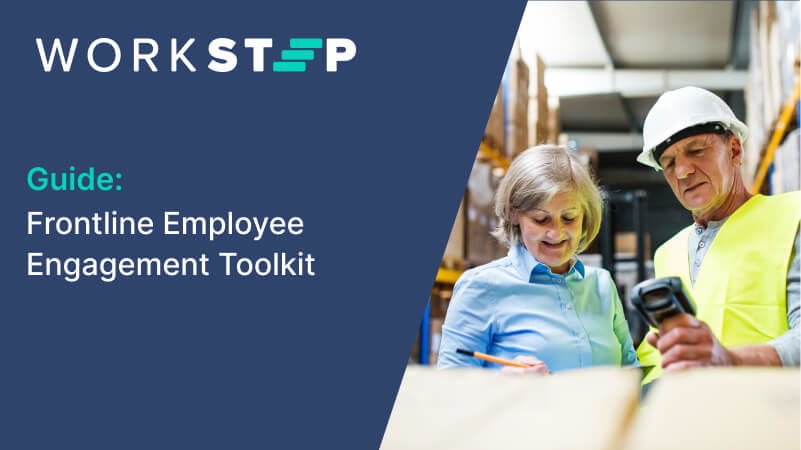Employee EngagementEmployee RetentionWorkforce Insights
For better frontline engagement and retention, HR and Operations must be in sync
November 3, 2022
Different priorities, unified goal
HR is often tasked with leading workforce engagement and retention efforts, but effective execution relies on buy-in from Operations since they’re on the frontline managing day-to-day employee interaction. So both departments must work together for optimal success, even if it’s HR who ultimately holds the budget allocation and top-line responsibility. Typical HR concerns include: engagement, retention, benefits and DE&I. Typical Operations concerns include: ramp-up time, retention beyond the 90- to 120-day mark, daily productivity, and meeting business demands like shipping, warehousing, and inventory All of these are important to your business, so with the two departments focused on such disparate priorities, how can both teams work together to tackle their individual responsibilities while contributing to overall employee satisfaction?
1. Communication
Like most any successful endeavor, start with communication:
- Encourage collaboration by implementing regular meetings between HR and Operations on a pre-set schedule
- Delegate engagement and retention responsibilities amongst both departments and identify point-people on both teams who can call on each other for support
2. Execute as one
While HR may spearhead and design most retention and engagement initiatives, Operations will ultimately be tasked with putting many of the strategies into action. For example, through HR, the organization might hire more diverse workers but if those team members do not feel comfortable in their daily work, they will likely start looking for a job elsewhere. On the other hand, if operational managers and supervisors actively attend to the needs of their diverse teams, the new workers will very likely stay with the company. Similarly, when a company and its HR team promises generous vacation time and flexible schedules to promote work-life balance, it’s up to Operations to ensure that frontline employees truly have the opportunity to take advantage of their vacation days and work in a flexible manner. The same need for collaboration amongst HR and Operations holds true for essentially all engagement and retention efforts.
3. Share people data & analytics
Businesses need real-time feedback metrics, analytics, and people data that enables their teams to proactively identify budding problems and address them before they take root. Take for example a warehouse safety incident. After first addressing employee health and well-being, Operations may focus on how the incident impacts shipping targets, while HR might be more concerned with legal and employee retention implications. Both of these sets of concerns are valid and equally important, so it’s essential that both teams are notified immediately so they can ensure the issue is addressed from all angles. – Be sure to read more in our detailed eBook — and to see how WorkStep RETAIN naturally fosters collaboration between HR and Operations, schedule a demo today.
Tune into your frontline with WorkStep
With the frontline employee engagement platform that delivers the real-time insights you need to take action, retain your workforce, and drive your business forward.



